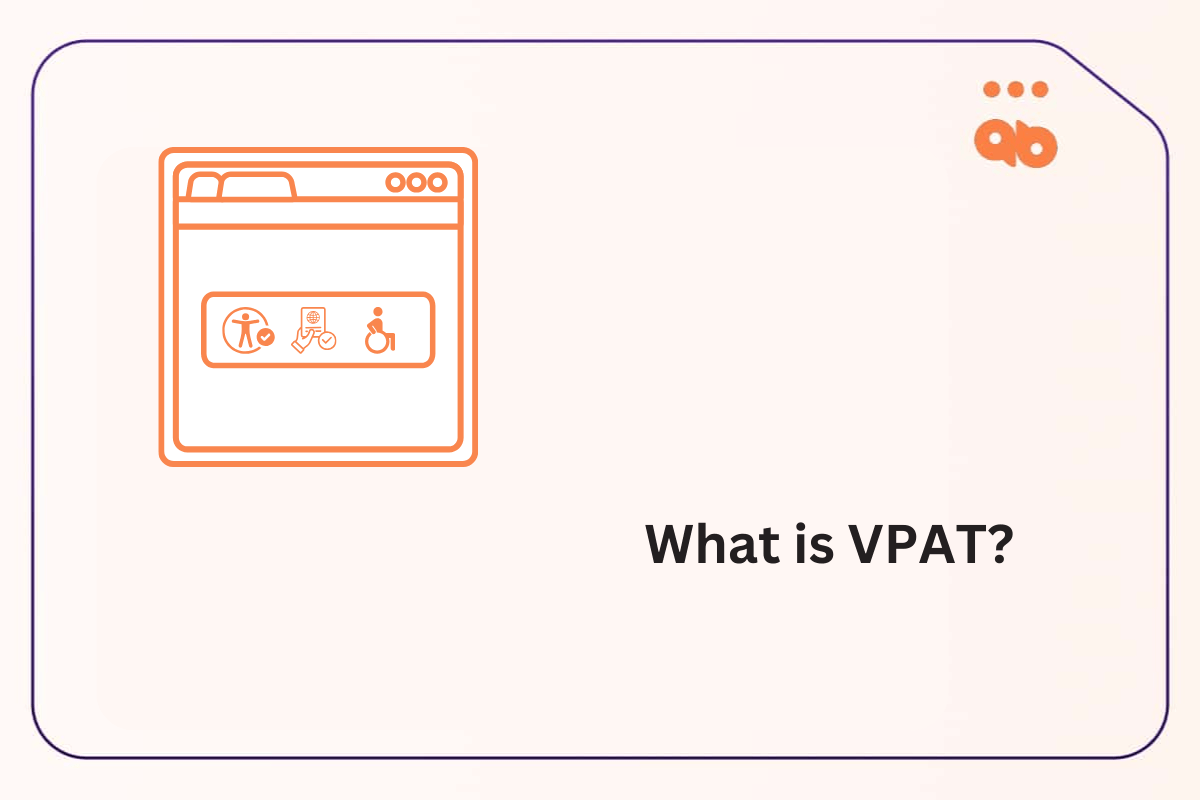Table of Contents
What is Color Blindness?
Color-blindness does not literally mean that a person can’t see any color at all (except in very rare cases). Color-blindness refers to the inability to distinguish between certain kinds of colors, especially colors that are of equal brightness or luminosity, even if the colors themselves appear quite different to people without color-blindness.
Types of Color-Blindness
There are different types of color-blindness and depending on the person’s condition, there are different degrees. A larger part of the population who are colorblind can see colors, but there are some colors and color combinations that may appear indistinguishable to them.
Red-Green Color-blindness
The most common form of color-blindness is red-green color-blindness, which makes it hard to distinguish between reds, oranges, and greens.
Deuteranomaly – A form of red-green color blindness where the green looks red. This is the most common type of color blindness with minimal impact on day-to-day tasks.
Protanomaly- is another form of red-green deficiency that is not as common but if you have this insensitivity, then you will see reds as green (opposite of Deuteranomaly).
Protanopia and Deuteranopia- the other types of red-green blindness which inhibit an individual from distinguishing between red and green completely.

Blue-Yellow Color-blindness
Tritanomaly- makes it challenging to see the difference between blue and yellow in addition to yellow and red.
Tritanopia- is another form that is rare because it affects blue and green, red and purple, and pink and yellow.
Red-Black Color-blindness
Some people may also have problems distinguishing red and black, as well as red-green and blue-yellow color blindness.
Here is a link to a color-blindness simulator which is extremely helpful to see how people with certain color blindness conditions experience colors.
Complete Color-blindness
Monochromatism or Achromatopsia- the type of color blindness where an individual cannot see any color at all, meaning all one can see is gray.
This is an infrequent occurrence of color blindness and may cause light sensitivity as well hindering vision.

Do Not Use Color Alone to Convey Information
The use of color is often used to convey information. However, this technique can be a problem for those who are colorblind. There are also those who can read or understand the text without difficulty, but may have difficulty interpreting different colors representing different data points. The use of color as the only way to convey information can make it difficult for these people to interpret data correctly.
In order to avoid this issue, it is important that there should not be a single type of color that is used to represent a specific type of data point. It is recommended that there be supporting information like a legend for example to help identify the importance of the text.
Color-blindness Technology
Some assistive technologies have been created for people with color blindness and most of these solutions focus on allowing them to distinguish between colors.
Some innovations in this space are –
Glasses and contact lenses – a leading player in the field is EnChroma
Software- There are numerous mobile apps that allow users to view surroundings though the camera in the full spectrum, and some even allow adjusting for light sensitivity and chromaticity of the color. As technology advances, we can expect augmented reality to play a critical role in how color blind people experience colors.
Color Blind Pal for iOS is a popular app.
Hardware – There are numerous pre-calibrated desktop monitors available in different sizes, 4K, curved shaped supporting RGB and HDR functions.
Designing for Color Blindness –
Data should be presented without differentiating colors – Designing by color to communicate important information will hinder people who are colorblind from understanding the content. Explore the use of text or symbols as supporting means to portray content.




